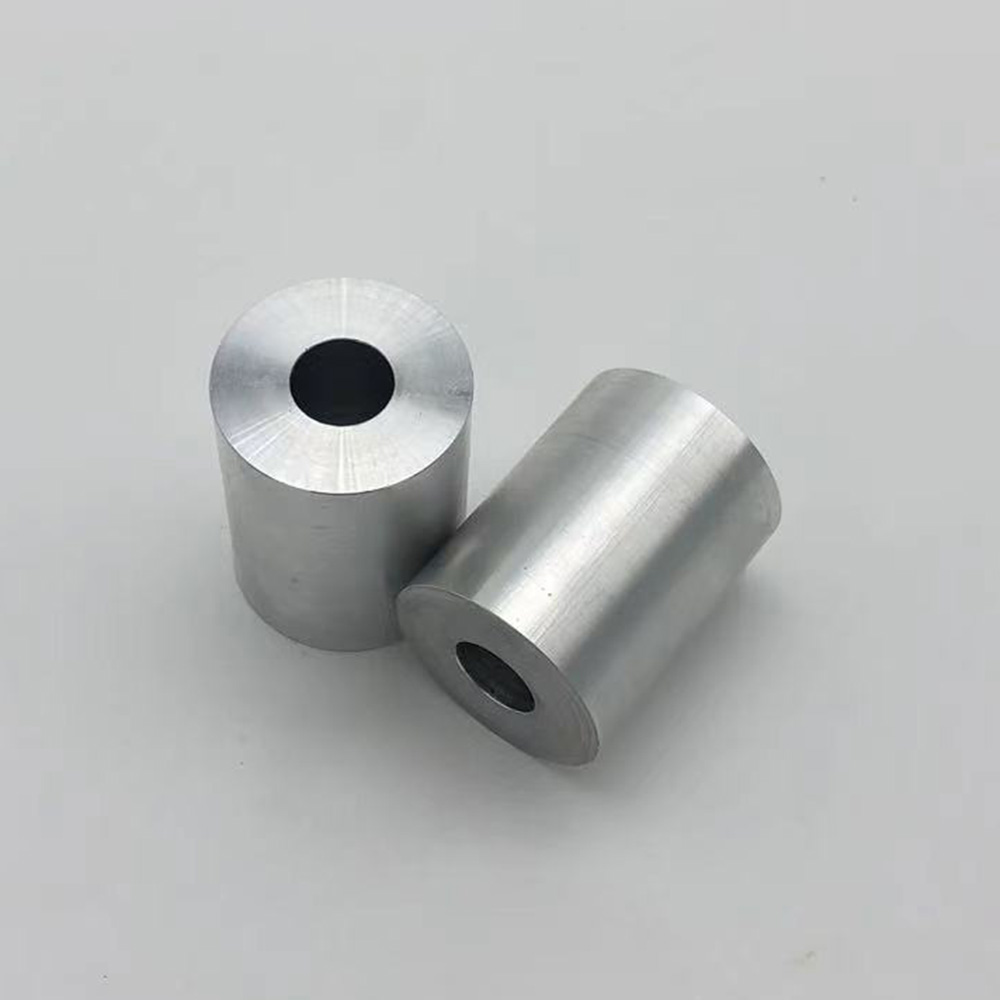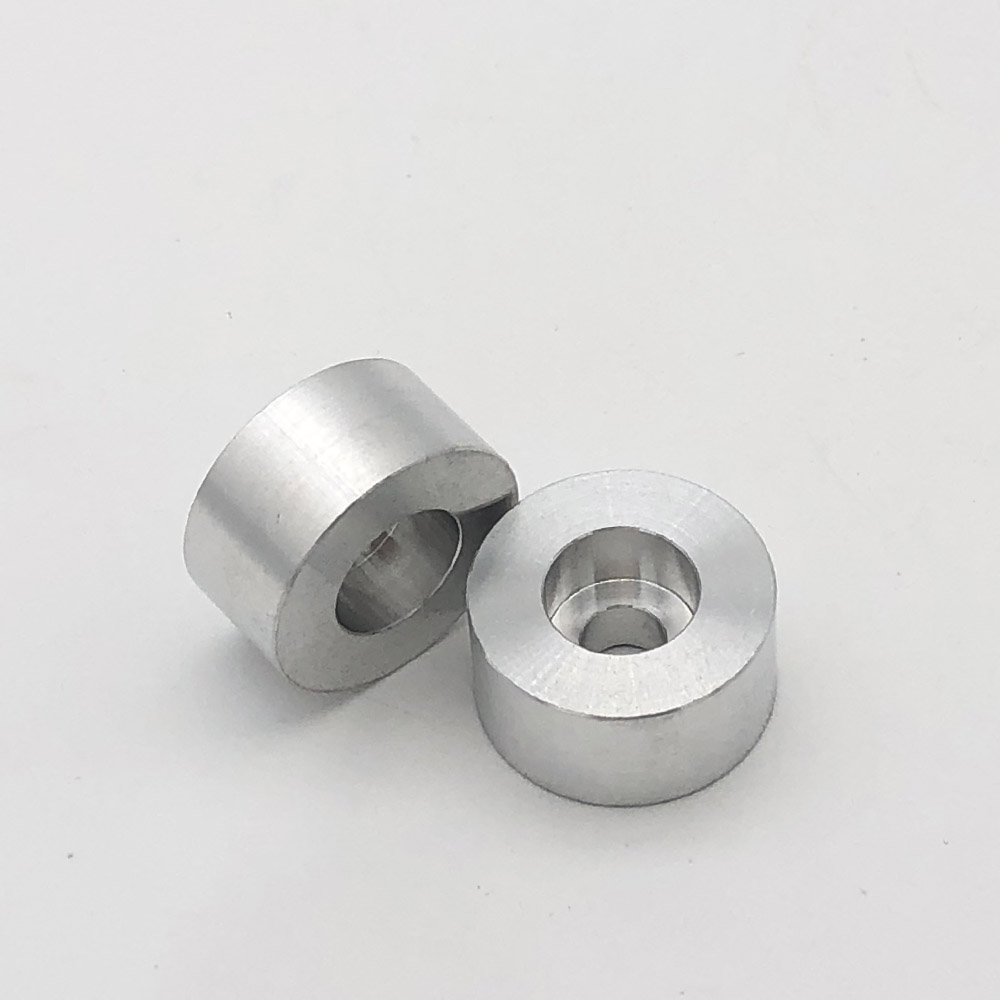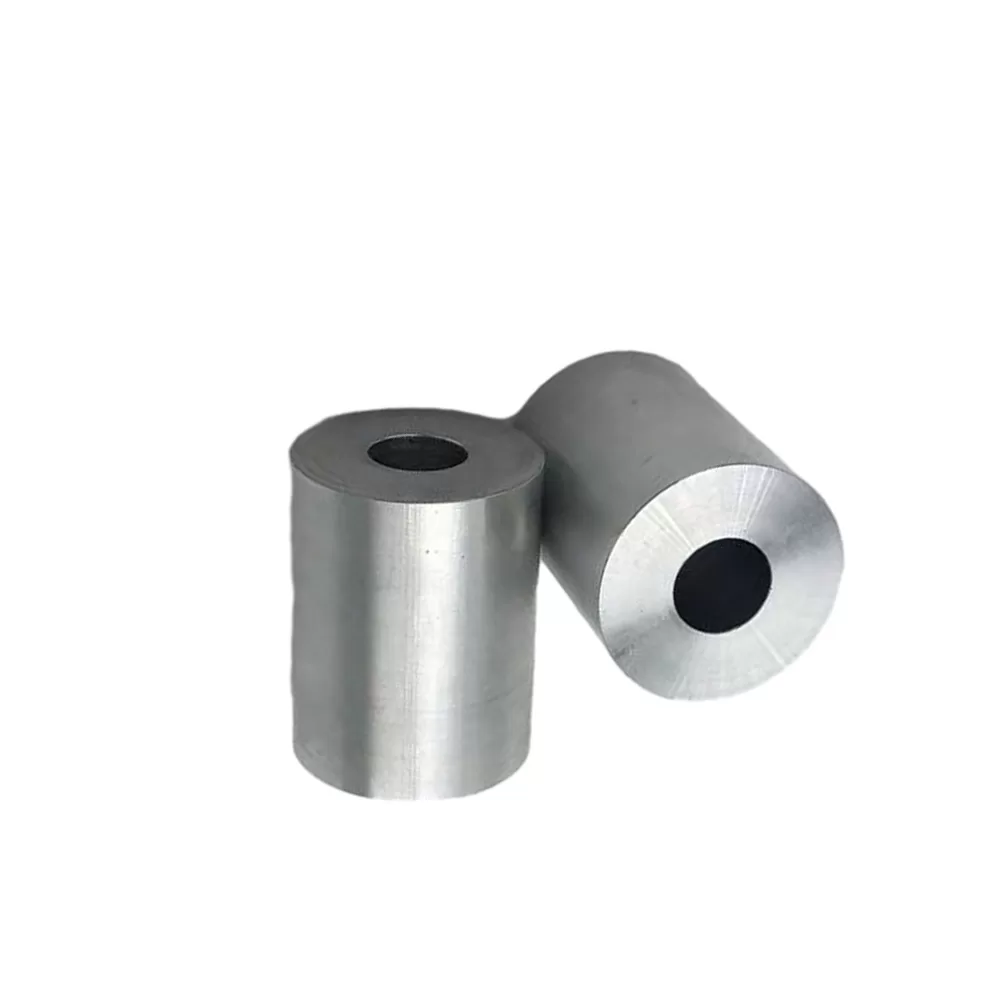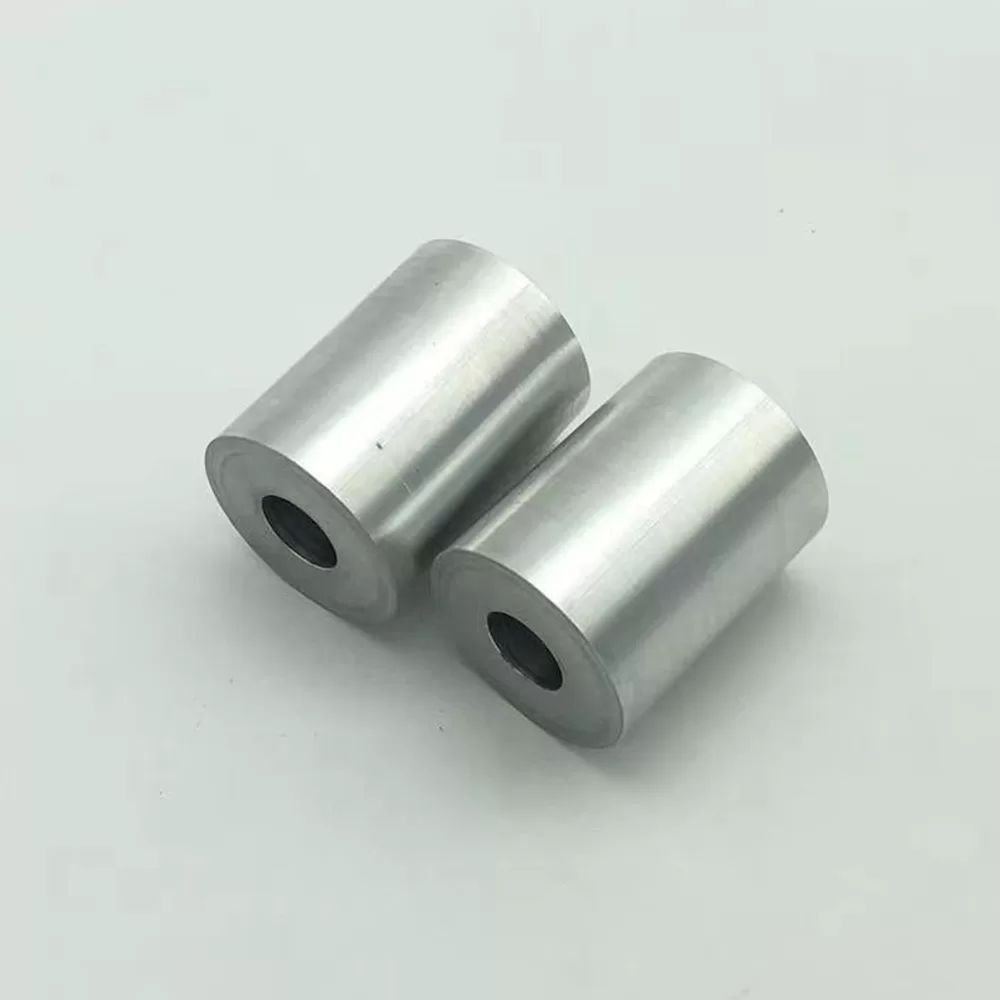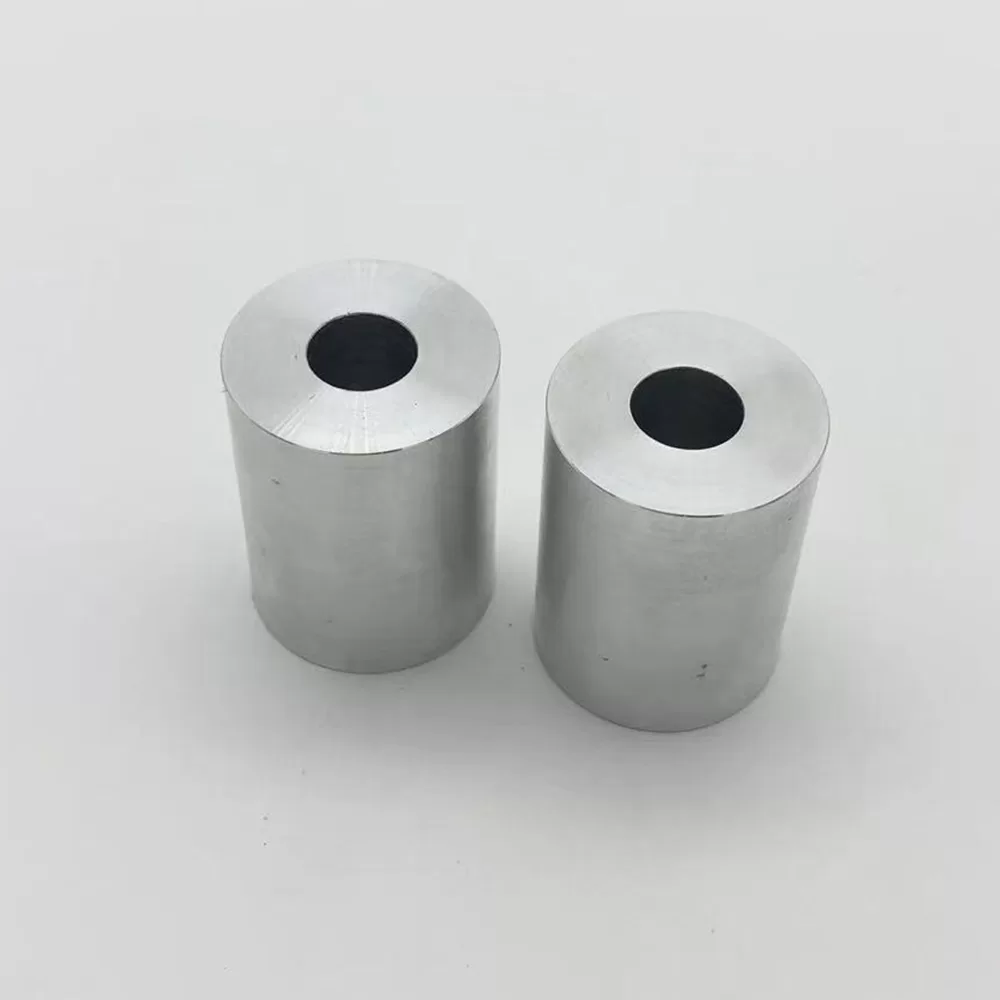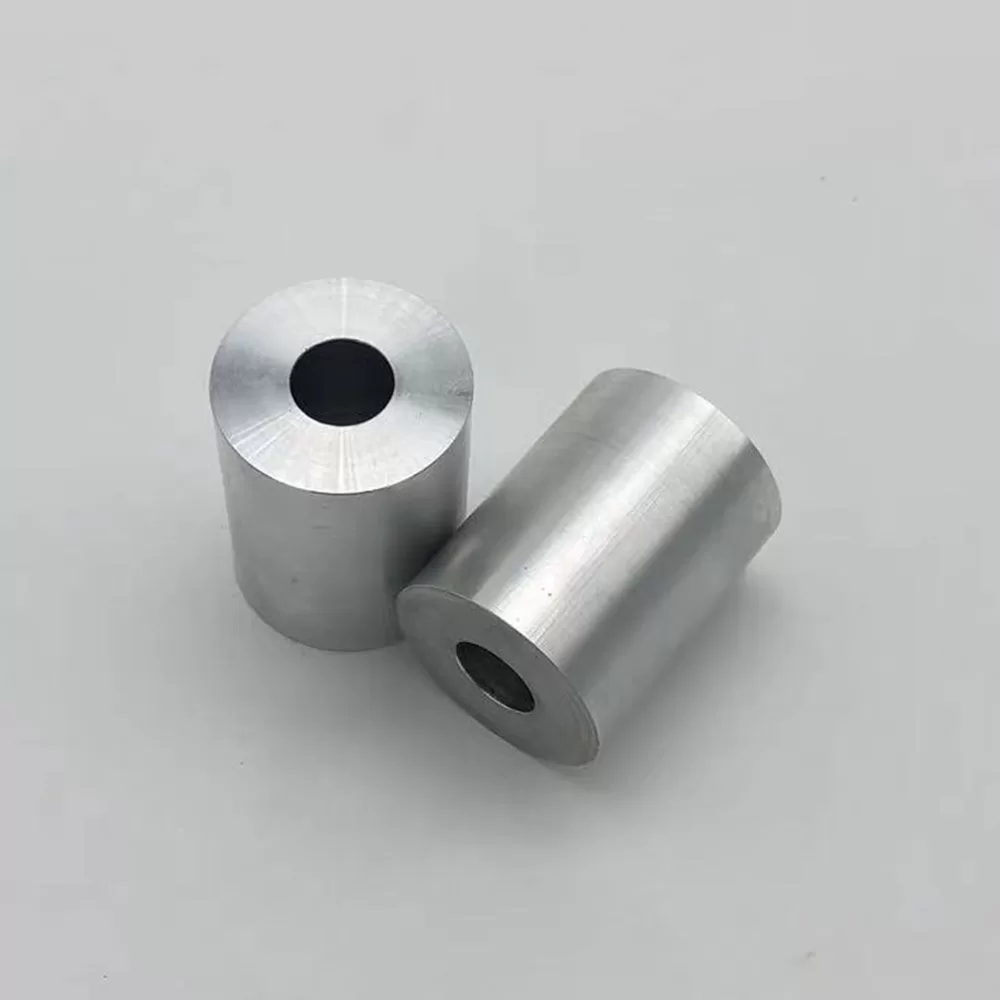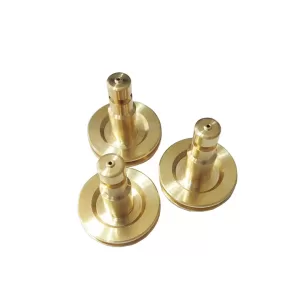We manufacture and sell high quality CNC turning aluminum parts. The CNC turned aluminum parts we manufacture are mainly small customized non-standard parts. We manufacture the parts according to the drawings provided by the customers and support small batch CNC machining orders.
Aluminum CNC turning is a popular manufacturing process that involves removing material from a workpiece using cutting tools to create circular, cylindrical, tapered, or other shaped parts or prototypes. Aluminum is a lightweight, silvery-white metal that is non-toxic, non-magnetic, and non-sparking, making it a versatile manufacturing material for various industries, including aerospace, automotive, and medical devices.
CNC aluminum parts can be used to create a range of products, including automotive engine components, brackets, wheels, EMI shield housings for aerospace, electronics, and radar, high-precision, thin-wall machining jobs, such as framing, lightweight dowels, engine components, and electrical fittings for aircraft, and precision, low-density, corrosion-resistant splined shafts.
Aluminum CNC turned parts can be finished with knurling and anodizing techniques to improve their grip, friction, corrosion resistance, and aesthetic appeal.
The Process of CNC Turning Aluminum Parts
Here is a step-by-step process of CNC turning aluminum parts:
1. Design the part: The first step in CNC turning aluminum parts is to design the part using computer-aided design (CAD) software. The design should include all the necessary dimensions, tolerances, and features required for the part.
2. Select the material: Aluminum is a popular material for CNC turning due to its lightweight, high strength, and corrosion resistance. The material type should be selected based on the specific requirements of the part.
3. Set up the CNC lathe: The CNC lathe should be set up with the appropriate cutting tools, fixtures, and workholding devices. The lathe should also be programmed with the necessary tool paths and cutting parameters.
4. Load the material: The aluminum material should be loaded into the CNC lathe and secured in place using the workholding device.
5. CNC turning: The CNC lathe will then begin the turning process, which involves removing material from the workpiece using cutting tools to create the desired shape.
6. Finishing: Once the CNC turning process is complete, the part may be finished with knurling and anodizing techniques to improve its grip, friction, corrosion resistance, and aesthetic appeal.
7. Inspection: The finished part should be inspected to ensure that it meets all the necessary specifications and requirements.
8. Shipping: The finished part can then be shipped to the customer or used in the assembly of a larger product.
In summary, CNC turning aluminum parts is a step-by-step process that involves designing the part, selecting the material, setting up the CNC machine, loading the material, CNC turning, finishing, inspection, and shipping. The process is very complex.
